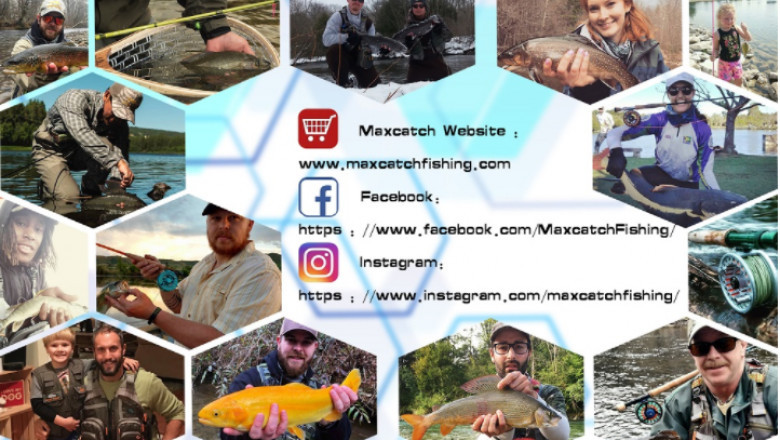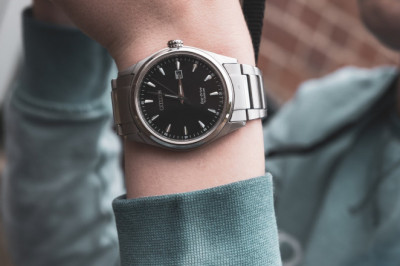views

Fly fishing is a real art, which is part of what makes it so much fun.
Fly Rod and Reel
Let’s take a look at fly fishing set-up first. Also very different from traditional fishing poles is the fly rod and reel. Fly Rods are very flexible and often made of graphite. They are also typically much longer than normal fishing poles. An average fly rod is about 9 foot in length. They are designed to bend when casting for extra distance and optimal fly presentation.
The Fly Reel is also very different. Traditional fishing poles often have a closed reel. Fly fishing reels are open. The main hand position on the rod is front of the reel. This is in contrast to traditional fishing poles where the main handhold is behind the reel.
Fly Reel
Casting
Casting technique is a another huge difference between traditional fishing and fly fishing. In traditional fishing you basically push a button throw the rod back and then out. Fly fishing is a bit more complicated, and much more of an art and skill.
There are many different casting strategies, but all of them involve letting out about a rod to a rod and half’s amount of fly line, then whipping the fly road back behind you, and then back out. The manner in which you do this determines the cast type, and there are many different variations and techniques. This video does a great job at showing what various fly fishing casts look like:
The bottom line on casting, the core of fly fishing, is that you are trying to place the fly on the top of the water so that the fish thinks the fly is a real bug landing on the water. If done correctly, the fish will not notice the fly line, leader or tippet, only the fly itself.
The Fly
Dry FlyIn fly fishing, the fly is the bait. There are thousands of different fly designs, but they are generally broken out into three different types: Dry flies, Nymphs, and Streamers.
Dry flies are the most common, and are designed to to present on top the water and mimic a fly or bug landing on the surface of the water.
Nymphs are intended to float just below the waters surface and mimic a water invertebrate.
Streamers are intended to mimic small fish or aquatic life, like leeches.
The type of “fly” to use is based on the water conditions, location and type of fish you are trying to catch. Your local fishing store is generally the best place to get information on optimal flies to use.
The Experience
Finally, fly fishing is also about the experience. With traditional fishing, you often sit on a bank or in a boat, and wait for the fish to bite.
Fly Fishing Experience
Fly fishing in the Yellowstone River
With fly fishing, you’re often standing in the middle of a rushing creek or stream, casting over and over trying to find where the fish are hiding. Trying hard to cast that optimal case that places the fly in the exact right stop, in the exact right way so the fish come up and take it.
Fly fishing is a more active style of fishing, that often involves some of the most beautiful scenic locations on Earth. Fly fishing puts you right in the middle of it all, and challenges you against the fish.












